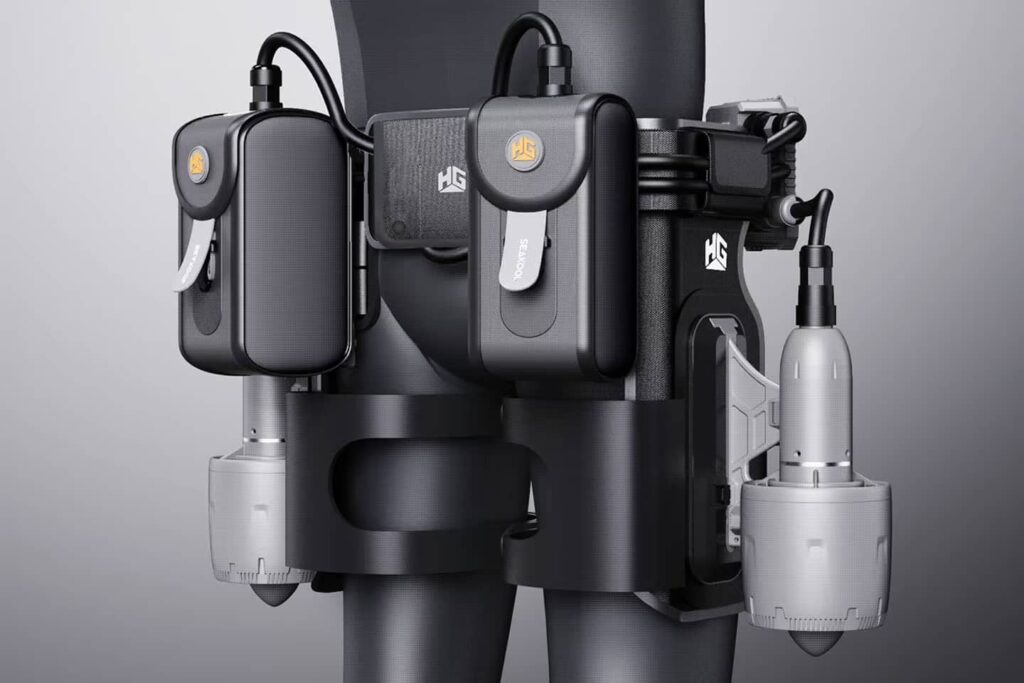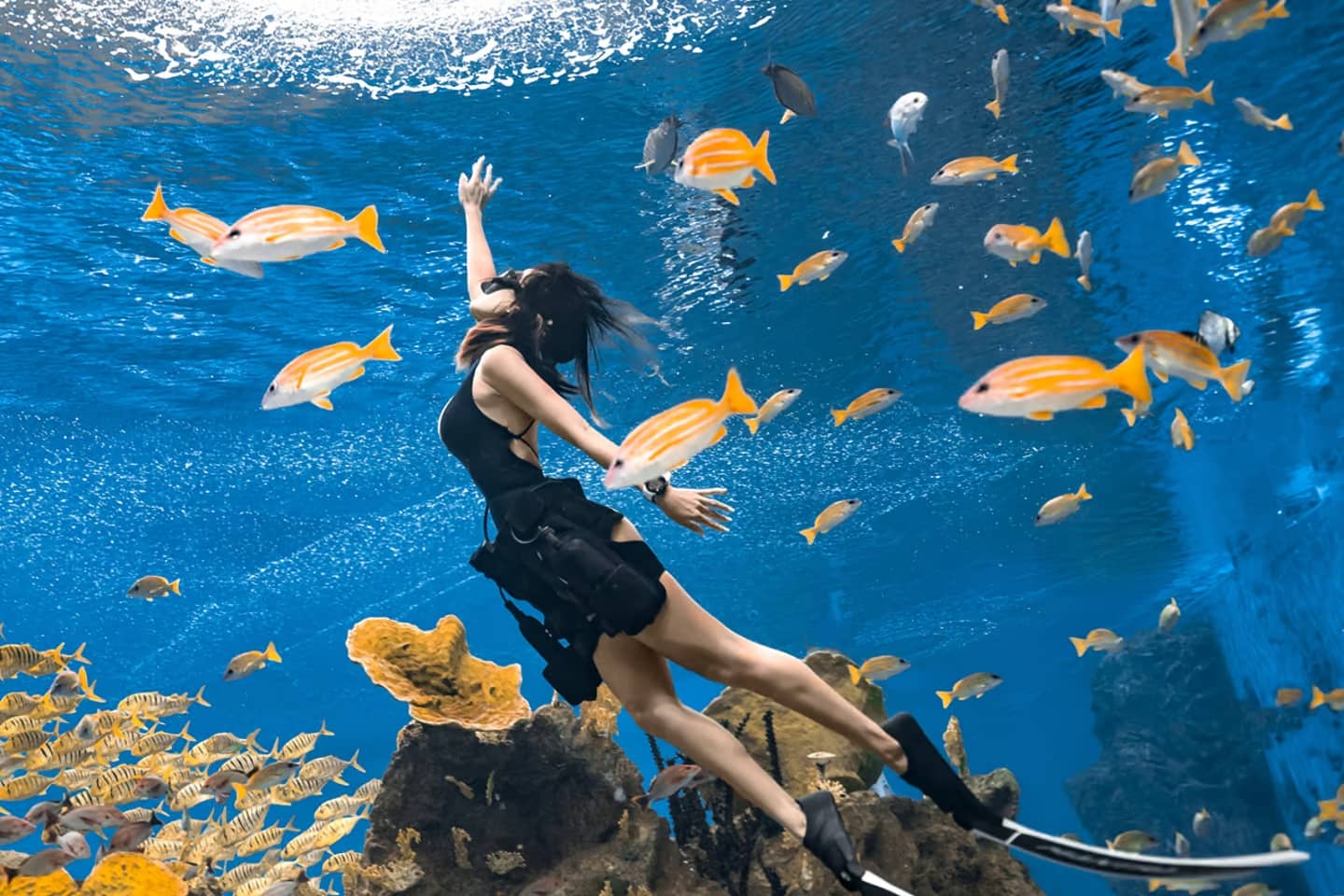I'll get straight to the point: this isn't an underwater scooter, and it's not a marine drone like any other. Let's be precise: I will call it a marine drone for convenience, but the reality is that this is it Seacool D2 it is an innovative device that fastens around the waist, leaving the hands completely free and the view unobstructed.
An idea that takes flight
While you're already starting to wonder if something like this could work, I'll tell you that Seakool D2 is the latest creation from Chinese drone manufacturer HighGreat. Exactly: from the sky to the abyss, perhaps with a small hand from financiers who want to support the project in a special campaign Indiegogo.
What do you think about it? We are talking about a belt equipped with a pressure control module and a removable lithium-polymer battery. Extending from either side of the marine drone are two electric thrusters, which attach to the user's thighs. Yes sir, a turbo in the legs.
Each thruster delivers a thrust of 13 kg, taking the user to a declared maximum speed of 7.2 km/h. One battery charge allows you to maintain this speed for 33 minutes going up to 20 meters deep. It's not bad, is it?

A highly adaptable marine drone
Seakool D2 is flexible and adapts to the user's needs. It has two lower speeds, selectable via the controller. The first allows you to bask in placid waters at a speed of 5.5 km/h for a full hour, while the other takes you to 3.5 km/h for two hours. From the swim to the underwater marathon.
And if they are not enough? The marine drone is so light (6kg in weight, including the battery) that adding a second battery doesn't double the weight, just the travel times.
Check it out in this video.
Ready to dive
If the Seakool D2 reaches production, the funders of the campaign will take it home with 998 euros (The expected retail price is 1.689 euros). As always, I remind you that I do not sponsor these projects and do not even have affiliate programs.
Mine is pure curiosity. Seakool D2 impressed me a lot, because I can almost “see” it as the standard for divers in the near future. And it's not the only one: a similar project called SubCruiser has already successfully obtained funding on Kickstarter: it incorporates two thrusters to be worn on the thighs connected to a backpack unit.
Will we swim like this in a few years?


